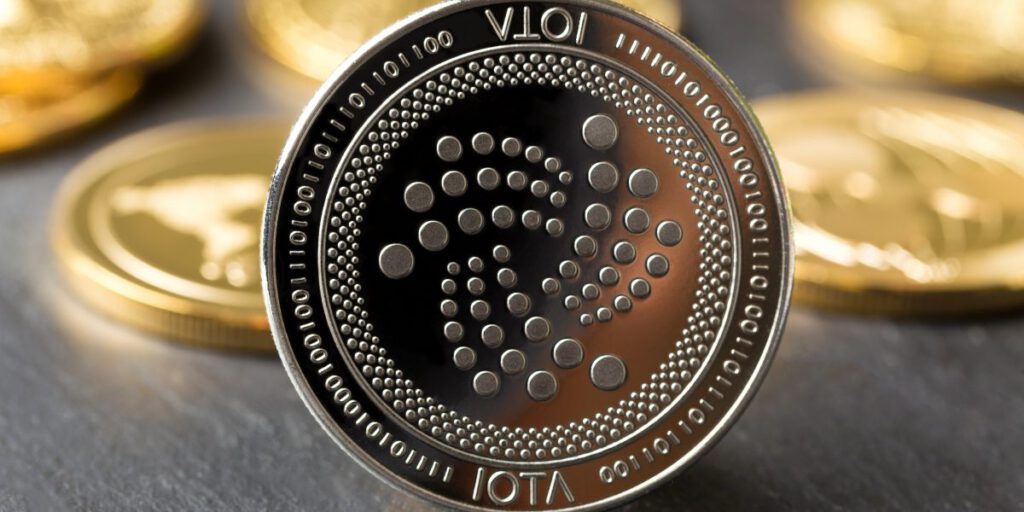Source: Tobias Arhelger – Shutterstock
- The Stardust release of IOTA smart contracts implements “gas, gas budget, and gas fees universally and consistently” thus, the same gas fee payments happen for similar kinds of execution.
- The latest version of smart contracts makes the EVM chain interwoven with the ISC chain.
Recently, IOTA announced the release of the latest version of IOTA Smart Contracts version 0.3.0 on the Shimmer testnet. This will pave the way to mainnet support and interaction along with the new native tokenization features.
The major change in this version is moving from a GoShimmer-based network to having compatibility with the mainnet-ready node software. This is because Go-Shimmer is an experimental node and its code changes quite often which results in instability with ISC. Thus to have smart contracts available on the mainnet as well, IOTA decided to upgrade the mainnet’s Hornet node and the underlying UXTO ledger. IOTA calls this upgrade the Stardust upgrade.
Related: IOTA: Tangle ecosystem association will lead to big success
Simultaneously, IOTA also upgraded the ISC software node by rewriting the virtual machine now called StardustVM. The StardustVM incorporates all new features of the Stardust protocol such as NFTs, foundries, native tokens, and so on.
Extending EVM compatibility
The GoShimmer experimental node added support for EVM to IOTA smart contracts which turned out to be a huge success driving builders and users to explore the DeFi ecosystem on IOTA. But although the EVM chain rested atop the ISC, there was no direct interaction between the two.
In the latest ISC version 0.3.0, the EVM chain starts together with the ISC chain. Thus, despite the EVM chain being separate from the ISC chain, they remain much more interwoven. Along with this IOTA also made Ethereum addresses first-class citizens within ISC. This allows users to hold a native asset balance on an ISC chain that’s controlled by Ethereum keypair. IOTA explained:
This means in practice is that you can use your existing tools and wallets like Metamask to access ISC functionality through the magic smart contract without needing a dedicated IOTA keypair/wallet, which should contribute to the user experience of using these EVM chains.
Better tooling of WASM-based Smart Contracts
The WASM-based smart contracts support has seen some improvements including support for fee payments made in gas, a newly generated client library, vastly improve schema tool support, and much more. The Wasm Virtual Machine (VM) has turned complete Stardust aware.
The Stardust release of IOTA smart contracts implements “gas, gas budget, and gas fees universally and consistently”. Unlike before when the gas fee was different for the EVM chain and WASM-based chains, paying gas now for both types of smart contracts is now calibrated and operations will have the same gas price for similar kinds of executions.
Also, IOTA has added the functionality to the governance contract so that a chain owner can decide for what tokens the fees are charged, how many tokens are charged per gas unit, and where the collected fees will end up.
Furthermore, IOTA has also worked on the reliability and the recoverability aspect of its smart contracts functionality. They have implemented a workgroup dedicatedly focused on this matter. “This workgroup successfully implemented write-ahead logs as well as improved logging, additional metrics, plain text configuration for chains, secure key storage, and many other small improvements that contribute in one way or the other to node reliability and management,” explained IOTA.


